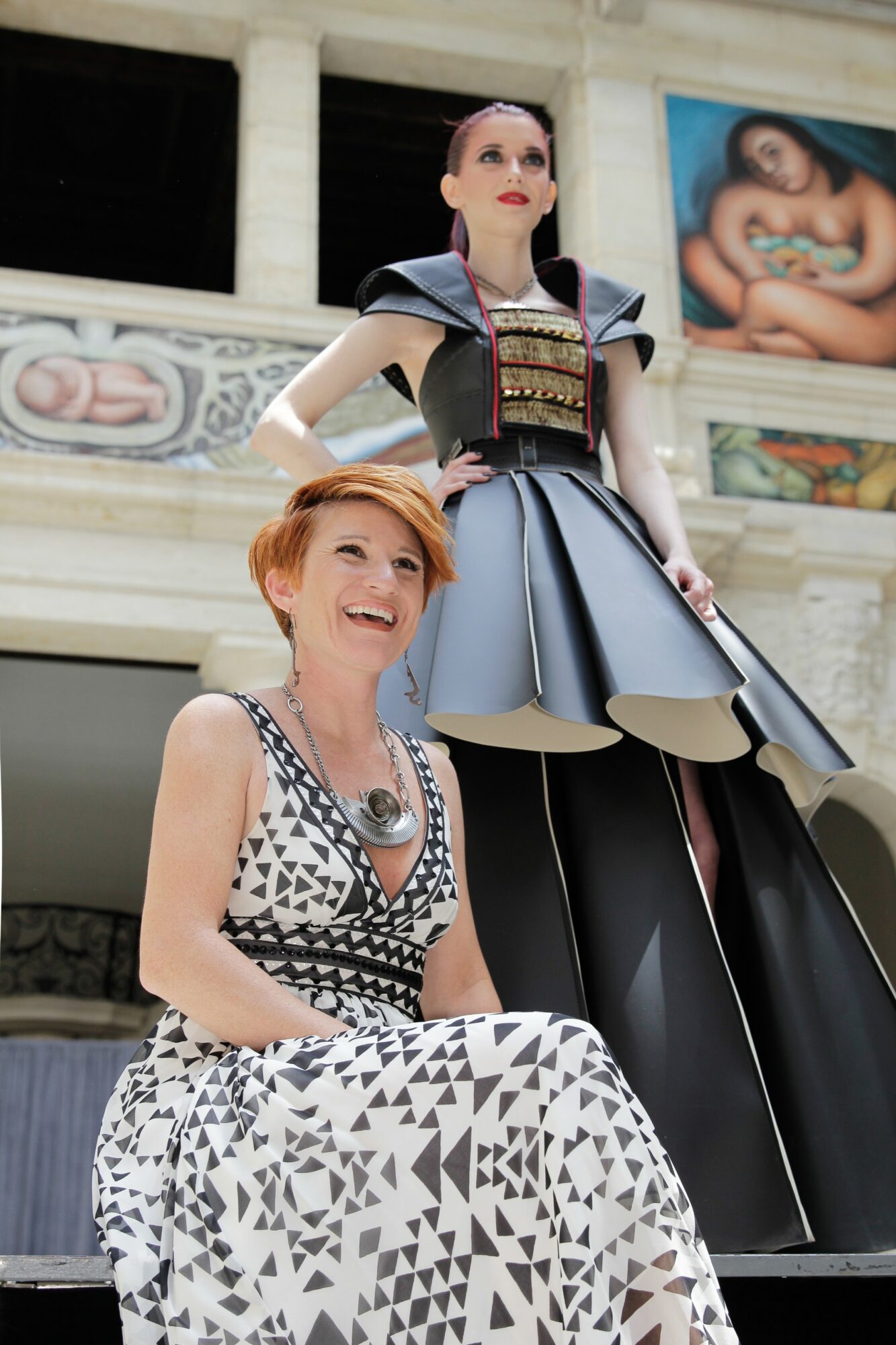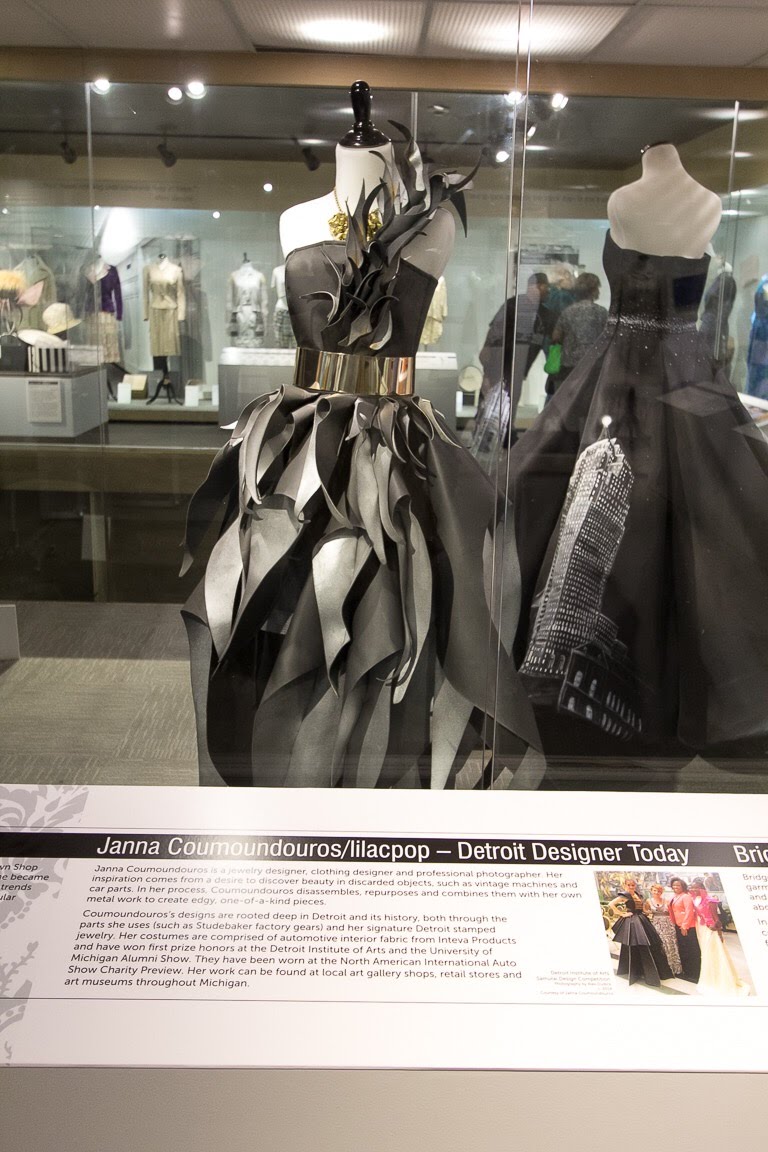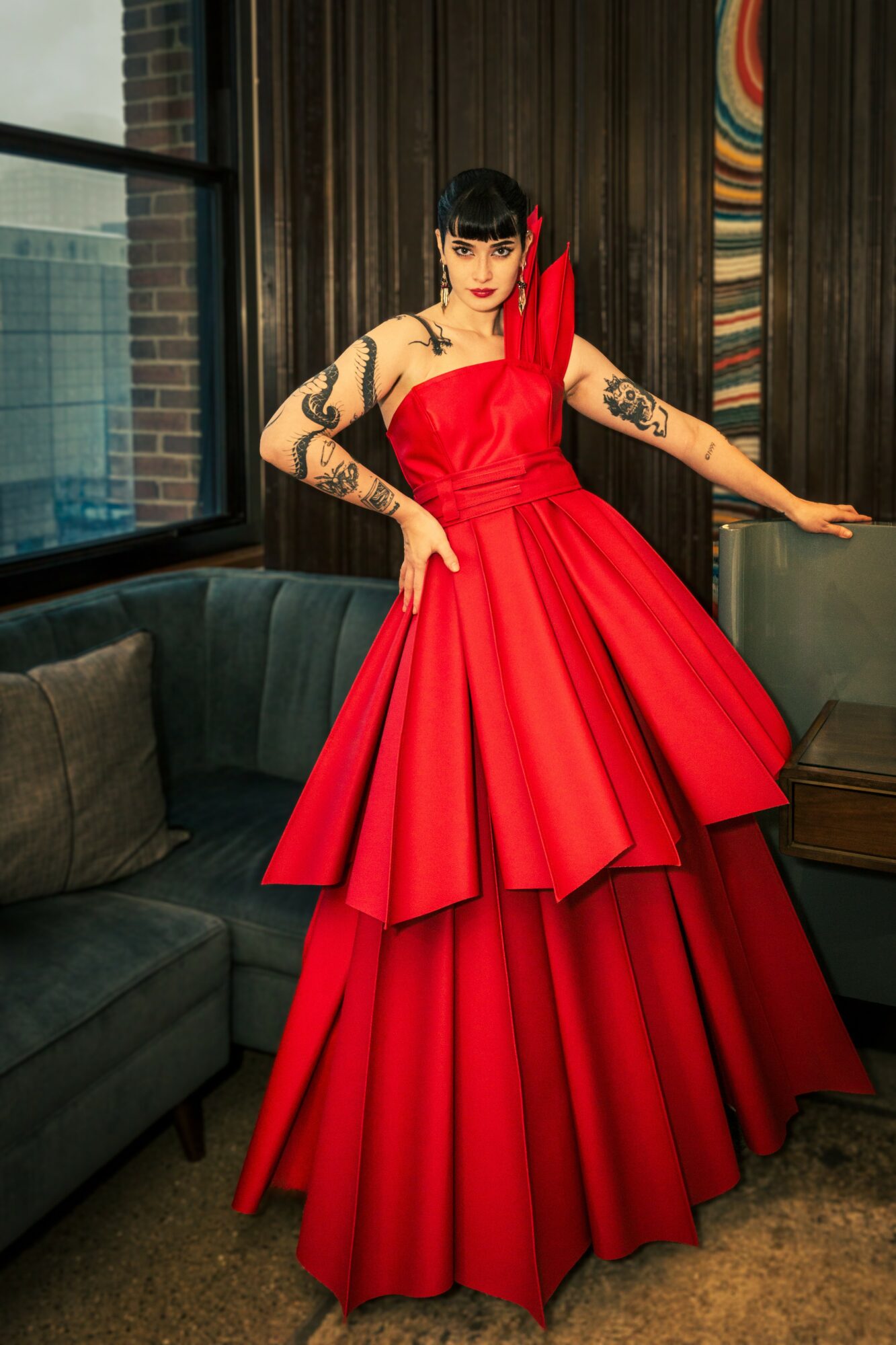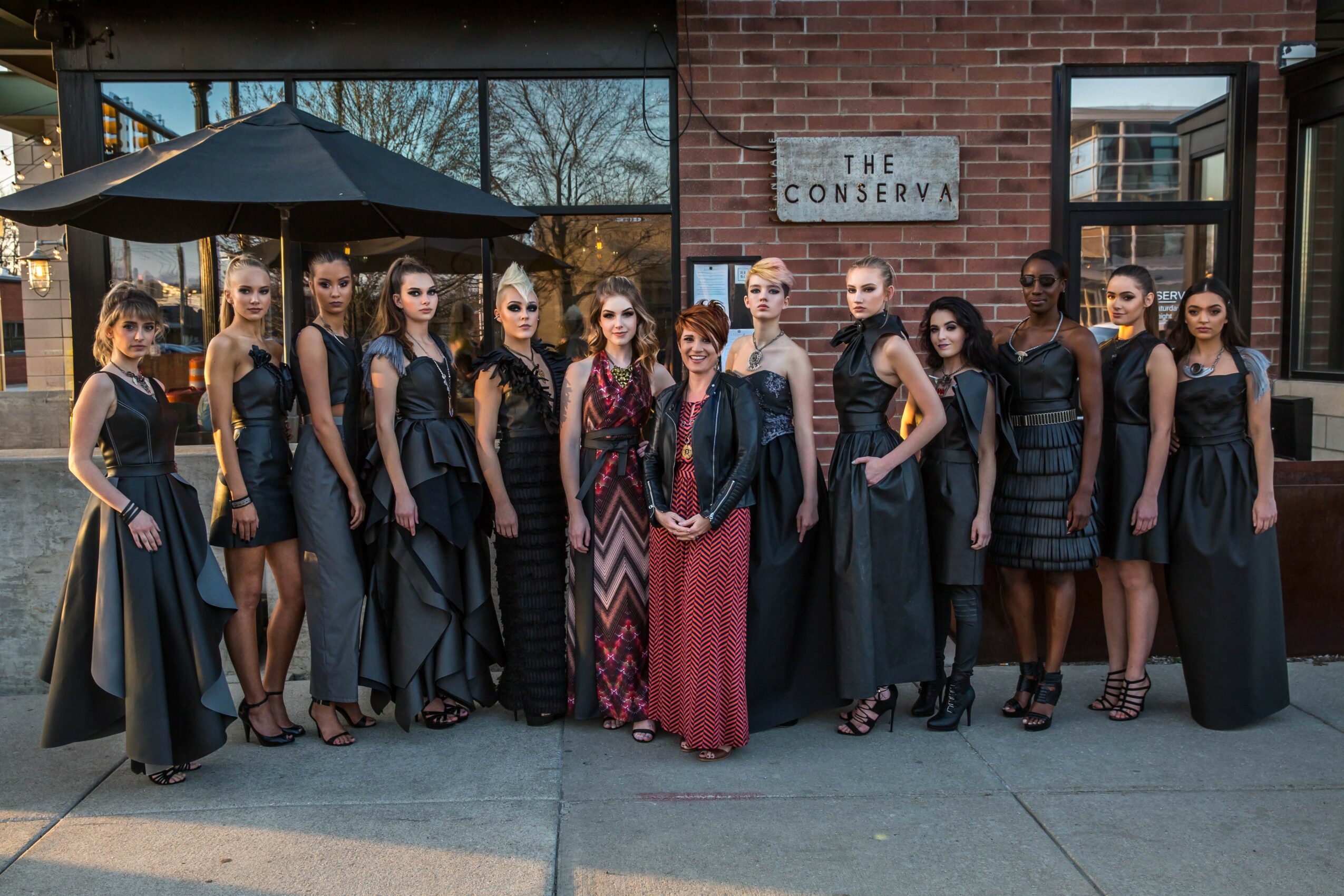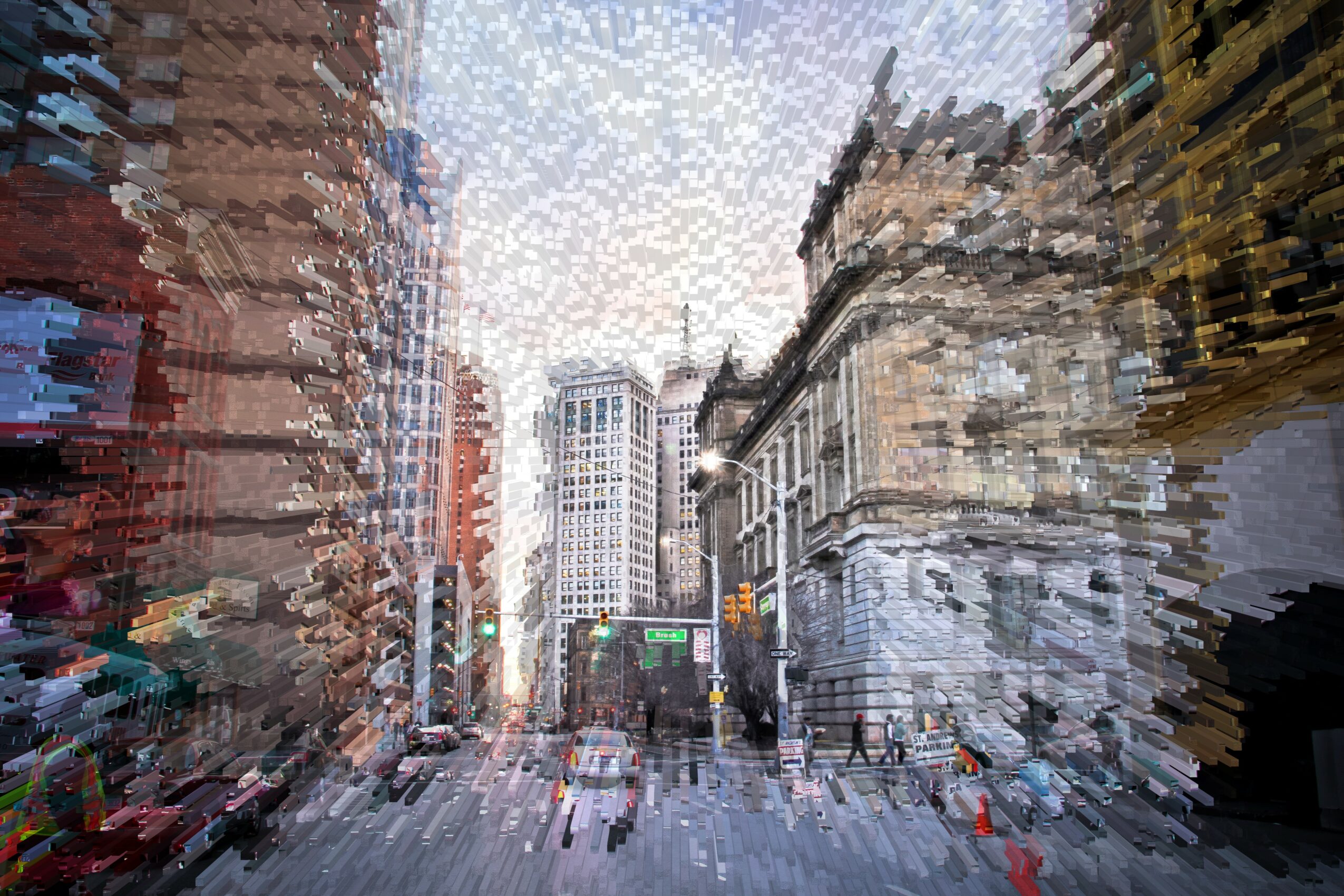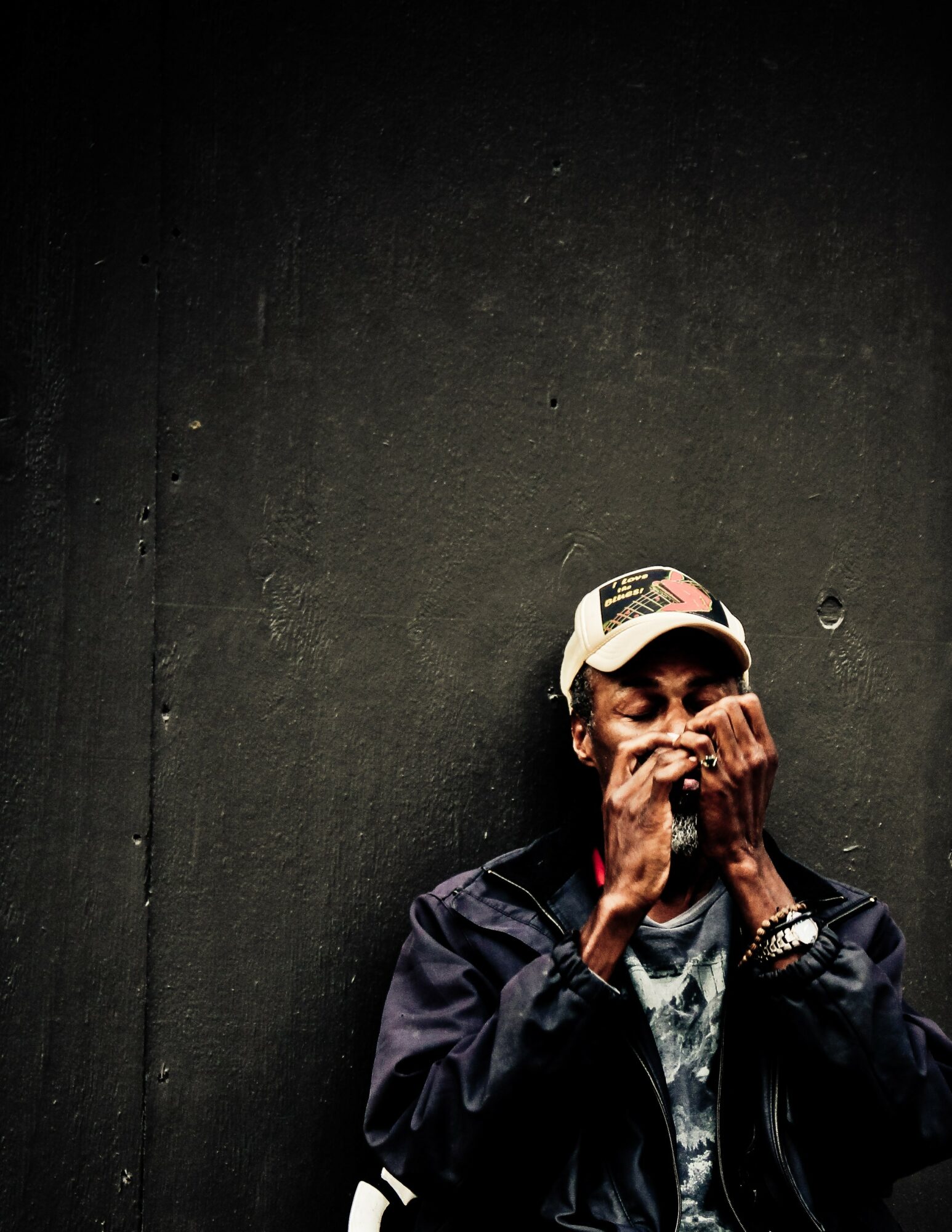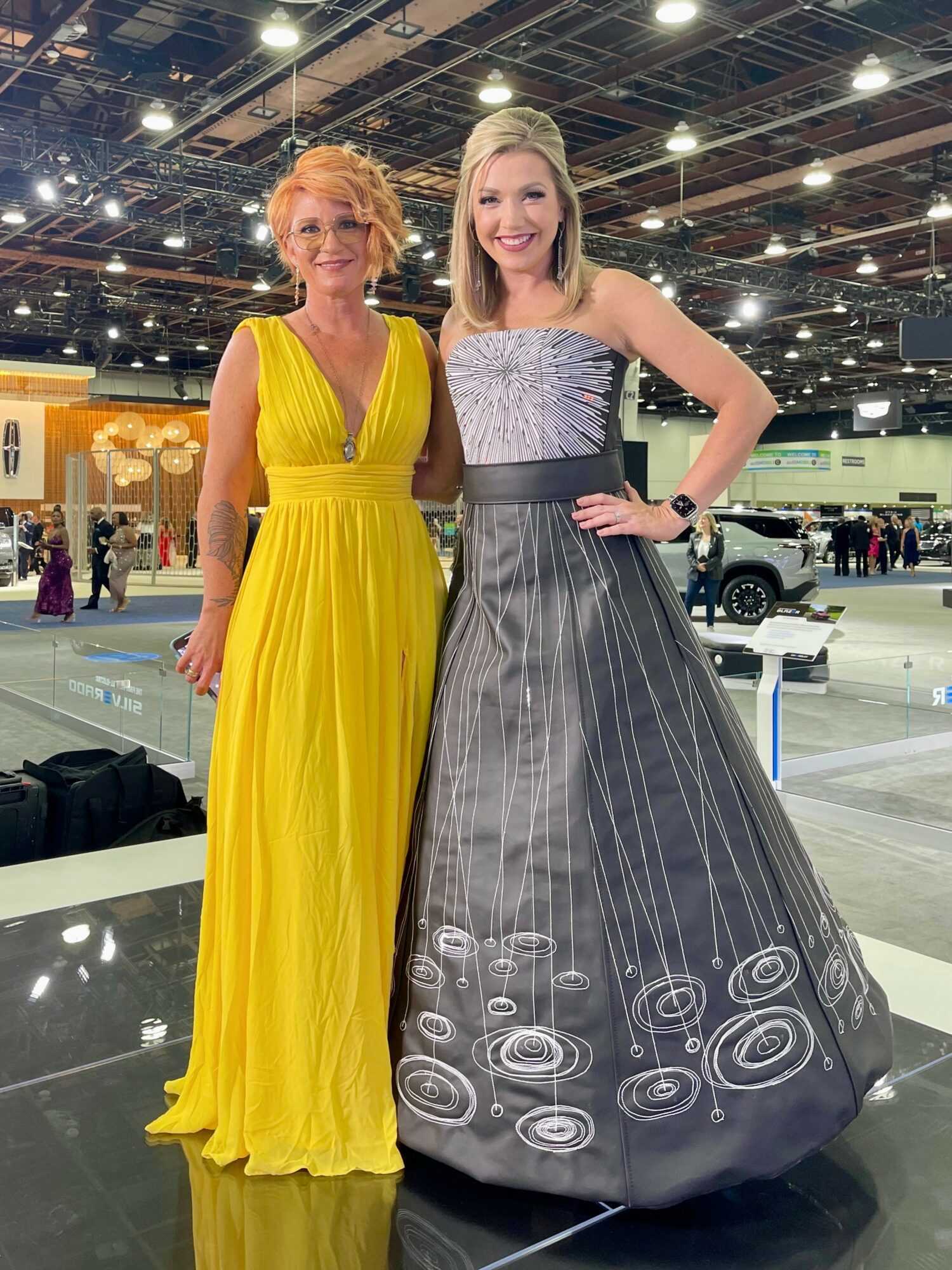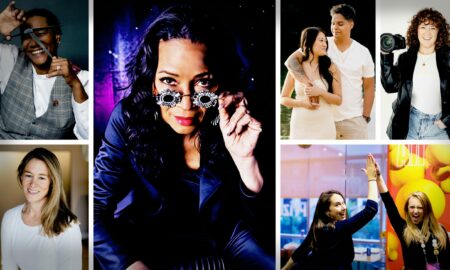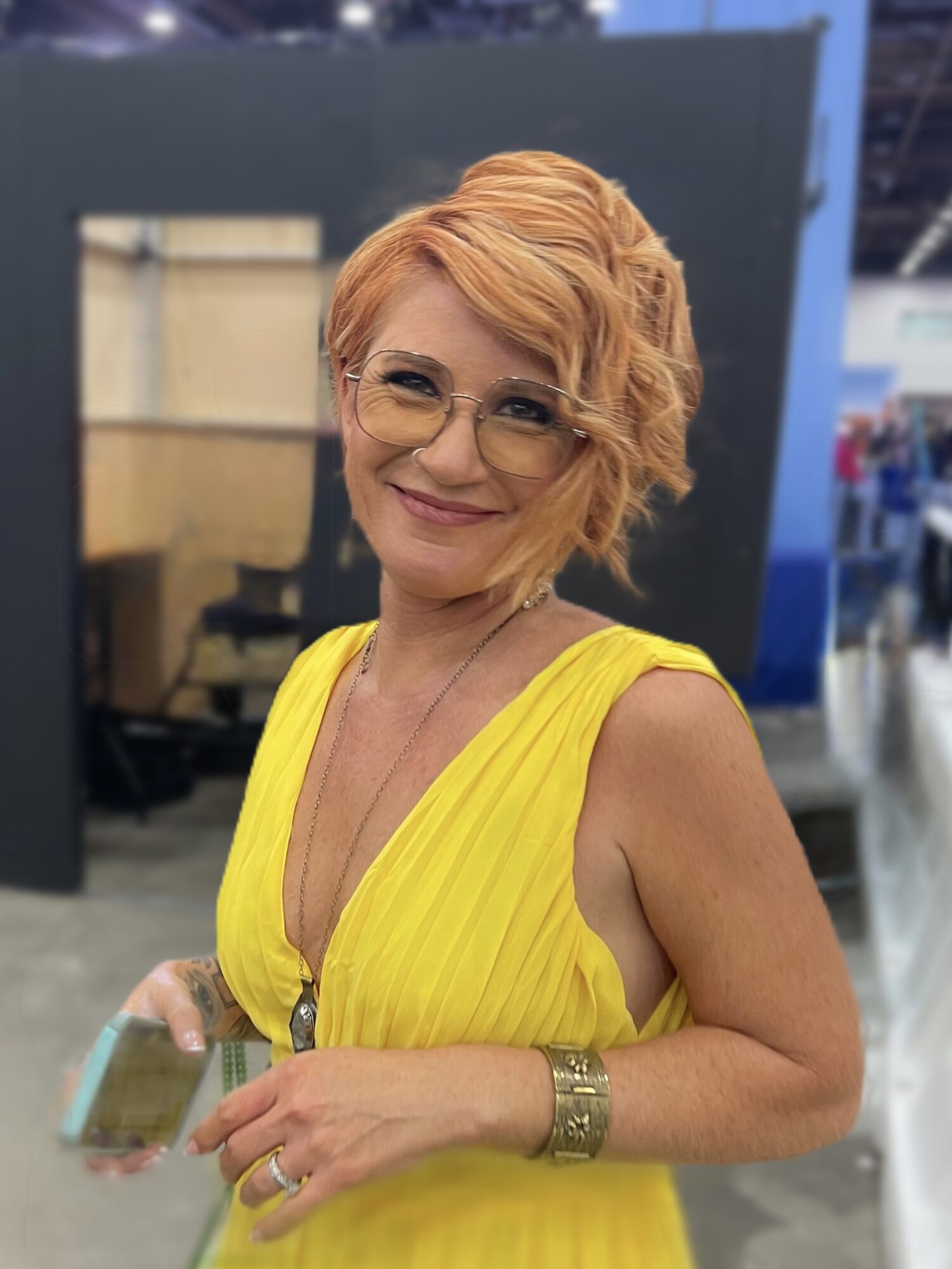

Today we’d like to introduce you to Janna Coumoundouros
Hi Janna, we’re thrilled to have a chance to learn your story today. So, before we get into specifics, maybe you can briefly walk us through how you got to where you are today?
Certainly! My story as an artist has been a journey of experimentation, innovation, and embracing the unexpected. I graduated from the University of Michigan with a BFA in photography, but even during my time as a student, I was drawn to pushing boundaries and exploring unconventional materials. I never wanted to use things the way they were “supposed” to be used. For example, in a mixed media class, I created an artwork by filling an egg with wet tissue paper and cracking it open during my presentation. That moment not only sparked my fascination with unexpected materials but also taught me the power of storytelling through art.
After graduating, I pursued a career in photography, working across a variety of genres, including real estate, fashion, commercial, and event photography. But I never stopped creating. My love for combining materials led me to metalsmithing and designing jewelry, often using vintage machine parts mixed with traditional metals. This innovative approach caught the attention of a local runway show, where I was invited to showcase my jewelry. That moment became a pivotal turning point when they challenged me to create a fashion piece using automotive materials for a competition.
That led to another competition with the Detroit Institute of Art and the Detroit Garment Group where designers were challenged to create looks based on the samurai exhibit that was at the museum at the time. I designed a Samurai-inspired gown using TPO car interior material called Inteather. It won first place and led to my first commission from Inteva Products to create a gown for the North American International Auto Show’s Charity Preview. Over the last 10 years, this annual project has grown into a signature part of my artistic practice, blending Detroit’s automotive heritage, high fashion, and wearable sculpture into one cohesive vision.
Each gown is more than a fashion statement—they’re wearable sculptures that tell a story. Last year’s gown, for example, was a weather-themed design illuminated with over 7,000 LED lights, symbolizing the increasing intensity of storms and the impact of climate change. This year’s design pays homage to my first Samurai gown, using origami-inspired techniques to transform thick, industrial automotive materials into something elegant and voluminous. I even designed origami-folded metal earrings with garnets to complete the look.
My work reflects my deep connection to Detroit—its history, resilience, and innovation—and my fascination with merging unexpected materials into art. Whether it’s through photography, jewelry, or wearable sculptures, my focus has always been on creating pieces that are innovative, meaningful, and unique.
That’s how I’ve arrived where I am today—continuing to experiment, embrace new challenges, and share my art with the world.
Would you say it’s been a smooth road, and if not what are some of the biggest challenges you’ve faced along the way?
It definitely hasn’t been a smooth road, but the challenges have shaped me as an artist and fueled my creativity. One of the biggest struggles comes from the materials themselves. I work with automotive materials that are stiff, thick, and industrial—far from what you’d typically associate with delicate, elegant designs. Transforming them into something wearable and sculptural is no easy feat. For example, this year’s dress uses origami-inspired techniques to create volume and movement out of a material meant for sunroofs and panels. It’s a constant process of trial and error, but I love the challenge of pushing these materials to their limits. In fact, I thrive on it.
Another significant struggle is the challenge of turning art into a sustainable career. Art is often undervalued in society, and many people don’t realize how much time, skill, and effort go into each piece. Sometimes people think giving you “credit” or exposure is a form of payment. While I understand the good intentions behind this, it can be frustrating, especially for established artists who have built careers and reputations. Like any professional, artists deserve fair compensation for their work.
Balancing the creative side with the business side is also challenging. As artists, we pour so much of ourselves into our work that it can feel daunting to navigate pricing, marketing, and client expectations. But these struggles have also taught me to stand firm in the value of what I create and to advocate for myself as an artist and photographer.
Despite the challenges, the rewards make it all worthwhile—seeing a piece come to life, connecting with people who are moved by my work, and contributing to Detroit’s rich creative and industrial legacy. The road hasn’t been easy, but the struggles have only made my passion for what I do even stronger.
Can you tell our readers more about what you do and what you think sets you apart from others?
I consider myself a multidisciplinary artist, with my work ranging from photography and jewelry design to wearable sculptural gowns. What ties it all together is my fascination with innovation, the use of non-traditional materials, and storytelling through art.
In addition to my work as an artist, I’ve been a successful real estate photographer for over 25 years, running my own business and building lasting relationships with clients. This experience has not only sharpened my eye for composition, light, and detail but also taught me the importance of combining creativity with professionalism. Photography has been the foundation of my career and continues to inform all aspects of my artistic practice.
I’m known for creating wearable sculptures made from automotive materials, but I’m also known for my jewelry, which combines traditional metalsmithing with vintage machine parts, creating pieces that are both innovative and rooted in history. I don’t do many vendor shows anymore but I sell my jewelry on etsy and in local stores. Beyond my wearable art, I also create fine art photography that has been featured in art shows and sold to collectors around the world. My photography often explores themes of innovation and beauty, pushing the boundaries of traditional imagery and connecting deeply with audiences.
Lately, I’ve been drawing and painting more, with much of my work focusing on the strength of women through portraits. My subjects confront the viewer with their own power and resilience, creating an intimate yet bold presence. At times, they lean toward androgyny, which I find compelling as it allows me to explore themes of gender and identity, challenging traditional perceptions of strength and femininity.
What I’m most proud of is my ability to push boundaries and transform unexpected materials into something beautiful and meaningful. It’s an incredible feeling to take industrial materials meant for cars and reimagine them as elegant, wearable art. I’m also proud of the recognition my work has received, including being exhibited at the Detroit Institute of Arts, the Flint Institute of Arts, the Detroit Historical Museum, and the University of Michigan’s gallery space.
What sets me apart is my perspective as an artist. I don’t come from a traditional fashion or design background, which allows me to approach my work more like a sculptor. I see each gown as a sculpture that happens to be wearable, which opens up new ways to work with materials and tell stories. In a way, my automotive gowns are like armor—both physically and symbolically. Just like my paintings and drawings, they embody strength and resilience, reinforcing my ongoing exploration of power, identity, and transformation. I’m also deeply connected to Detroit—its history, resilience, and innovation inspire everything I create. My focus on merging art, fashion, and industry makes my work unique, and I’m honored to share that vision.
Are there any important lessons you’ve learned that you can share with us?
The most important lesson I’ve learned along my journey is balance. When your work is your art, it can be incredibly difficult to separate the two. Art is such a personal expression of who you are, and it’s easy to let it consume all your time and energy because you’re so passionate about it.
I’ve also learned that I don’t need to say yes to everything anymore. Early in my career, I felt the pressure to take on every opportunity that came my way, fearing I might miss out on something important. Over time, I’ve realized the value in slowing down and really considering whether a project aligns with my goals and how I want to use my time. Now, I’m more intentional about choosing projects that excite me and feel worthwhile—and I’m okay with passing along opportunities that don’t.
Balance has taught me to value the process as much as the outcome. By making space to recharge and find inspiration outside of work, I’ve discovered that my creativity flows more naturally, and my work becomes richer and more meaningful. It’s a constant effort, but striving for balance has been essential to maintaining both my passion for art and my overall well-being.
Contact Info:
- Website: http://lilacpopstudio.com
- Instagram: https://www.instagram.com/lilacpop/
- Youtube: https://www.youtube.com/@JannaCoumoundouroslilacpop
- Other: lilacpop.etsy.com and lilacpopphotography.etsy.com

